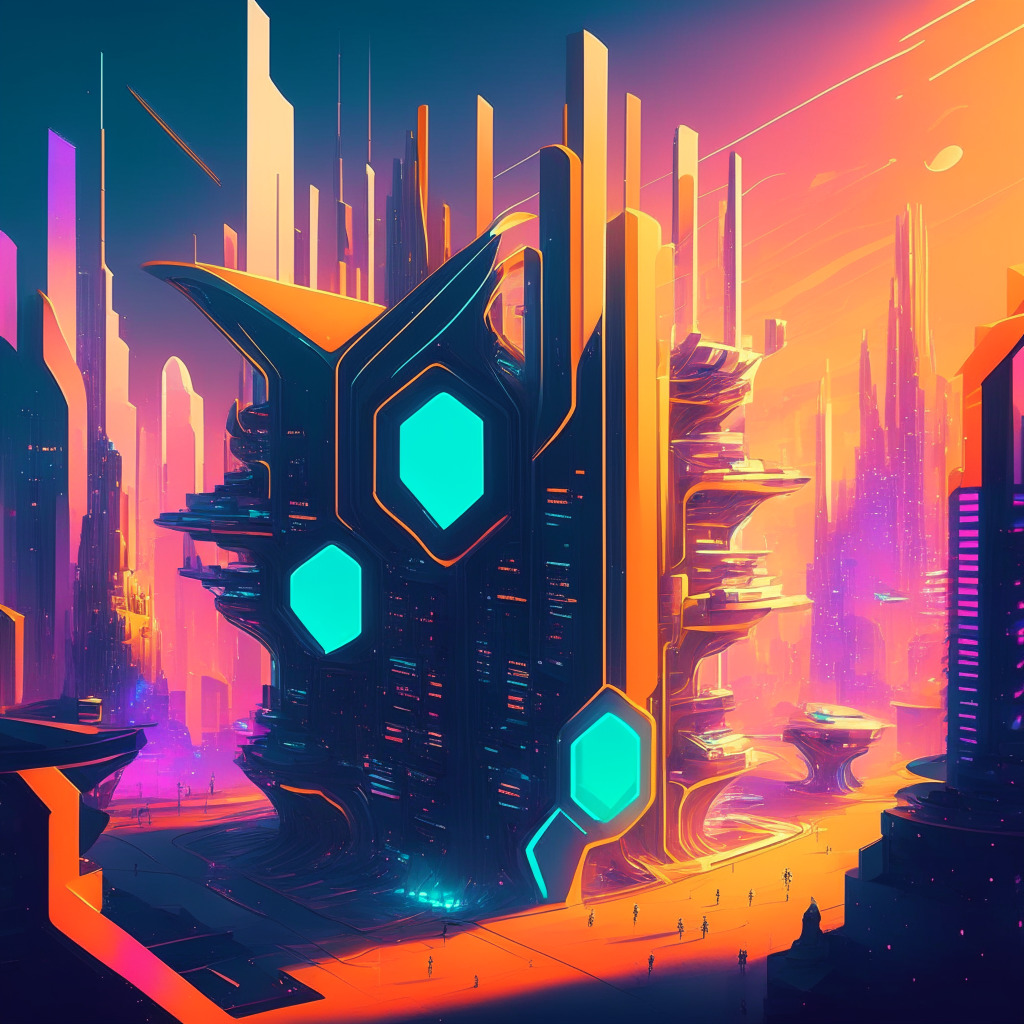The future of the MakerDAO, the organization behind the DAI stablecoin and the MKR governance, looks set to be driven by artificial intelligence (AI) technologies and the establishment of a new blockchain, according to a recently announced roadmap. The five-phase project, dubbed “Endgame,” aims to boost efficiency, resilience, and participation through the adoption of AI and open processes.
To unify the organization’s brand, the first phase of Endgame involves a full rebrand of DAI and MKR. However, the organization intends to maintain the existence of both tokens while introducing two new ones with updated features, tentatively called “NewStable” and “NewGovToken.”
During the second phase, the key product launch of Endgame features the release of six “Maker SubDAOs” and corresponding NewStable token farms. These SubDAOs will be divided between facilitator and allocator DAOs, aiming to simplify the workload and complexity that Maker Governance needs to manage.
The third phase of the roadmap is focused on AI. In addition to launching several internal AI tools to optimize governance tasks like monitoring and data siloing, MakerDAO plans to enter the open-source AI development space with a project called “The Purpose Fund.” The initiative strives to support free, open-source AI models and tools, which will benefit socially impactful industries and projects.
In the fourth phase, MakerDAO will develop the “Governance Participation Incentive” program, utilizing gamification and rewards to encourage engagement on the platform. Finally, the organization plans to create its proprietary blockchain, known as “NewChain.” Instead of replacing the Ethereum blockchain that currently underpins MakerDAO, NewChain will be bridged to it.
Creating a new blockchain has its pros and cons. The implementation of the new blockchain is primarily designed to use hard forks as a governance mechanism in the event of power attacks or abuse by majority holders. This would add an extra layer of security for token holders. However, the introduction of a proprietary blockchain could also be seen as increasing centralization in the project and acting contrary to the decentralized principles of the blockchain.
As the roadmap unfolds, it will be fascinating to see how MakerDAO evolves with the integration of AI and the development of a new blockchain. The implications of this strategic approach on the wider blockchain and cryptocurrency ecosystem are yet to be seen. While the benefits are undoubtedly compelling, it is essential to consider the potential drawbacks concerning the increased complexity of governance and the impact on the ecosystem. In the meantime, the blockchain landscape remains ever-changing, and MakerDAO’s foray into the new direction will certainly be monitored closely by the community.
Source: Cointelegraph



